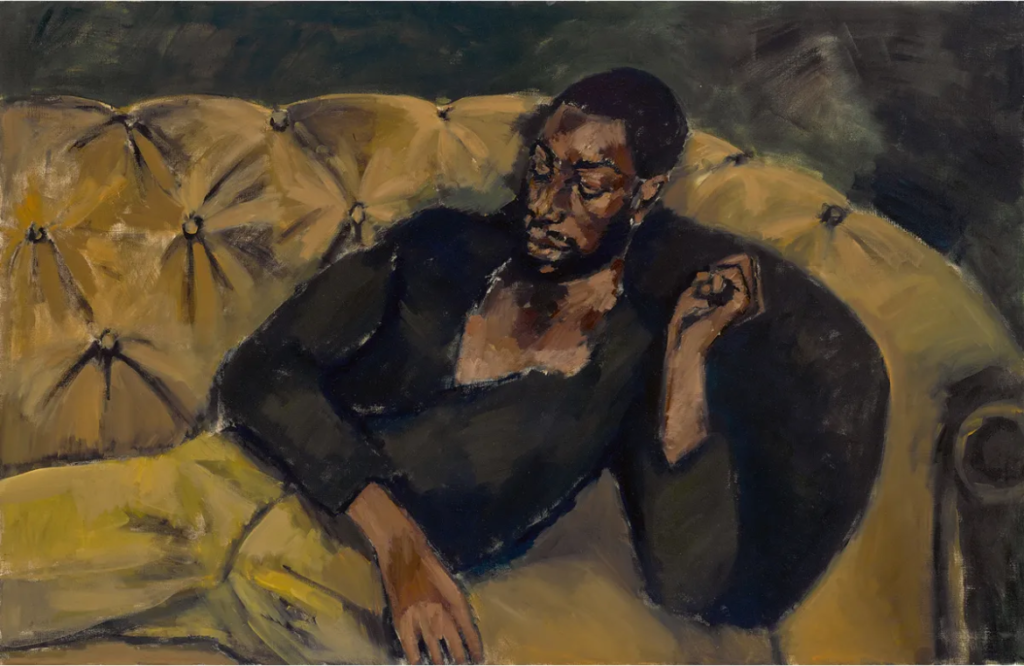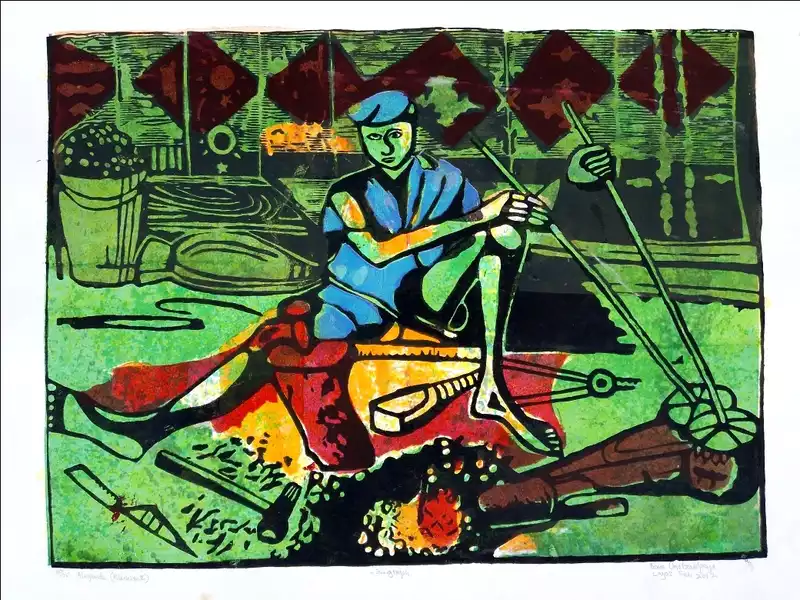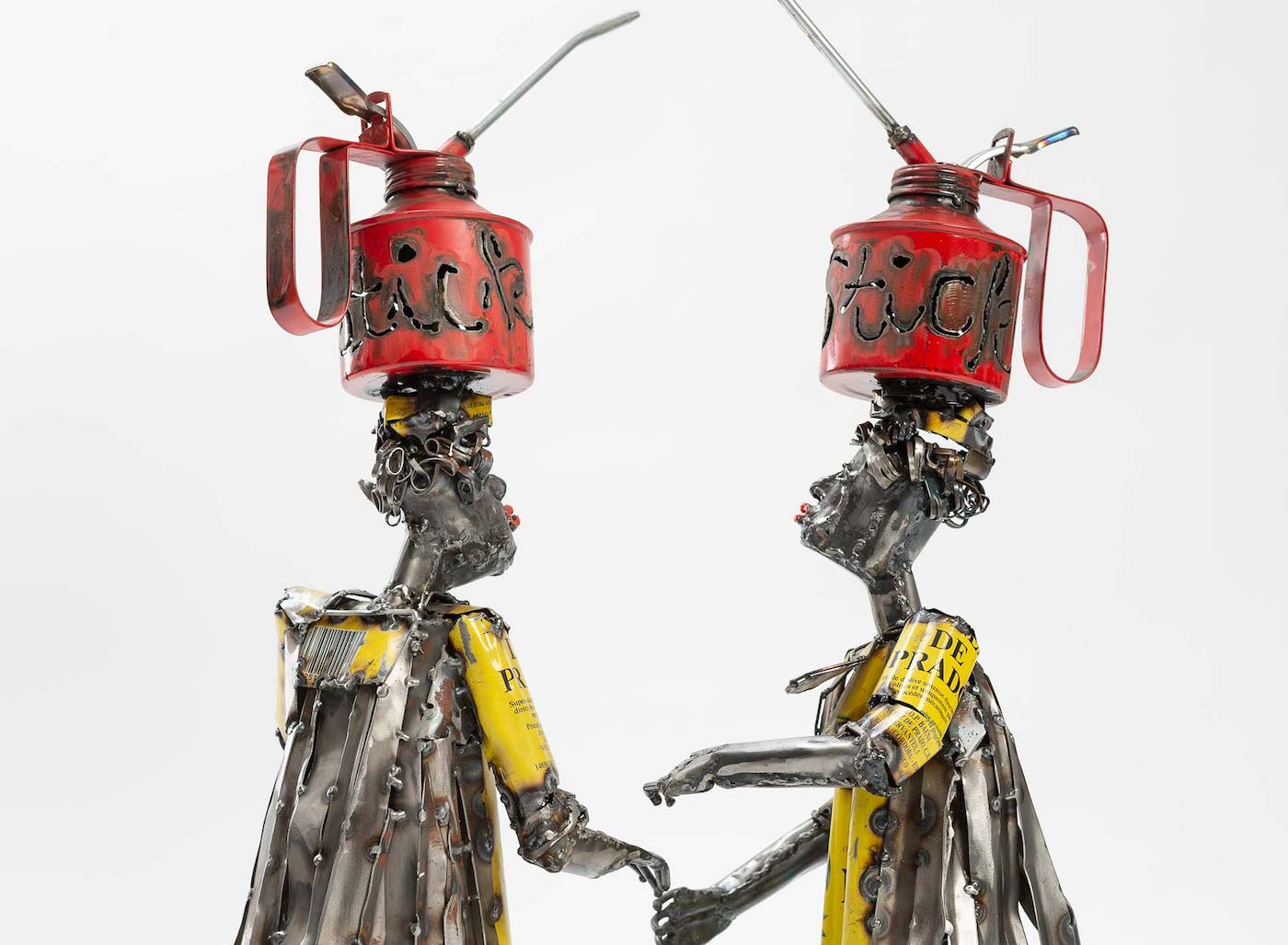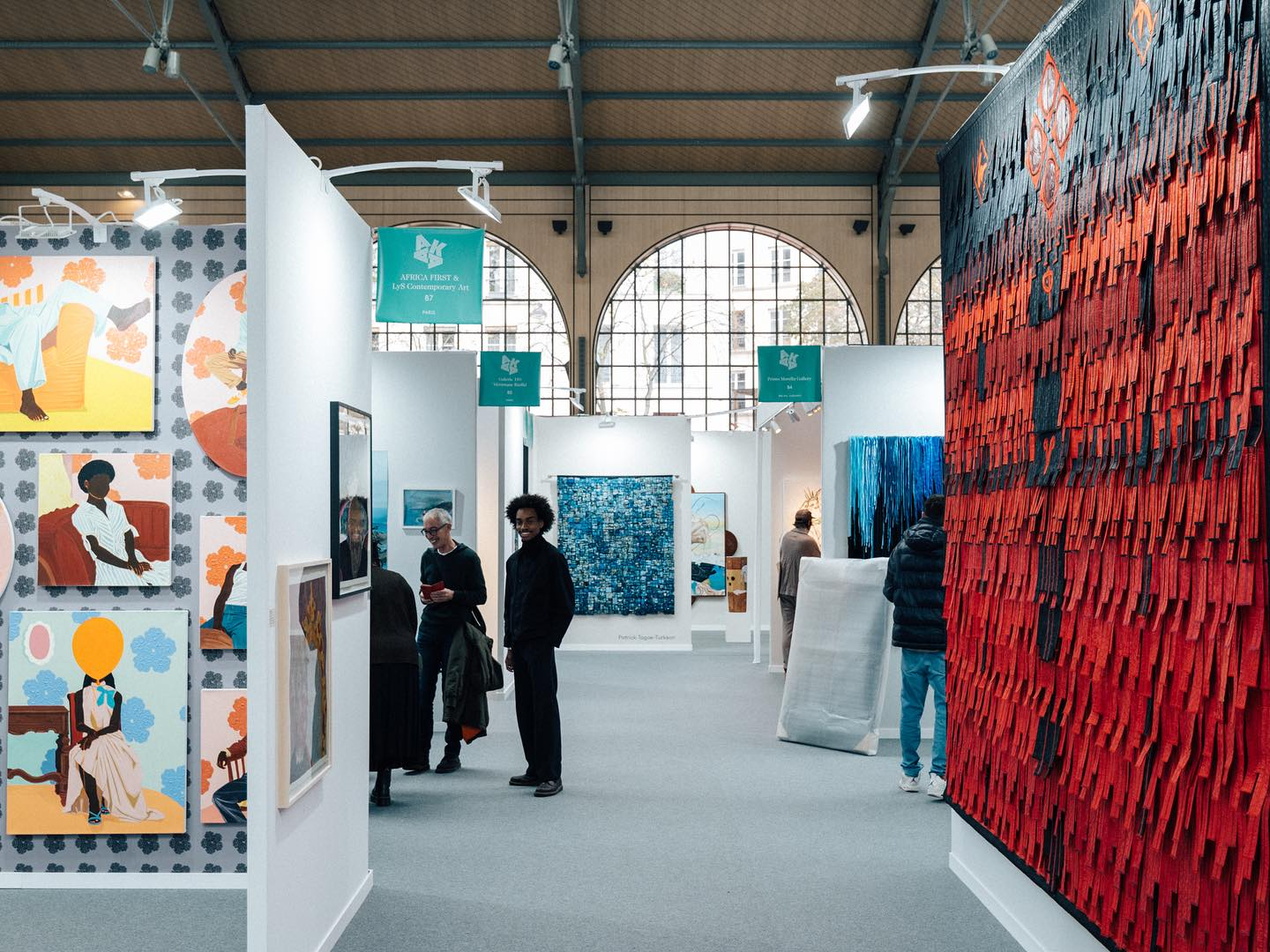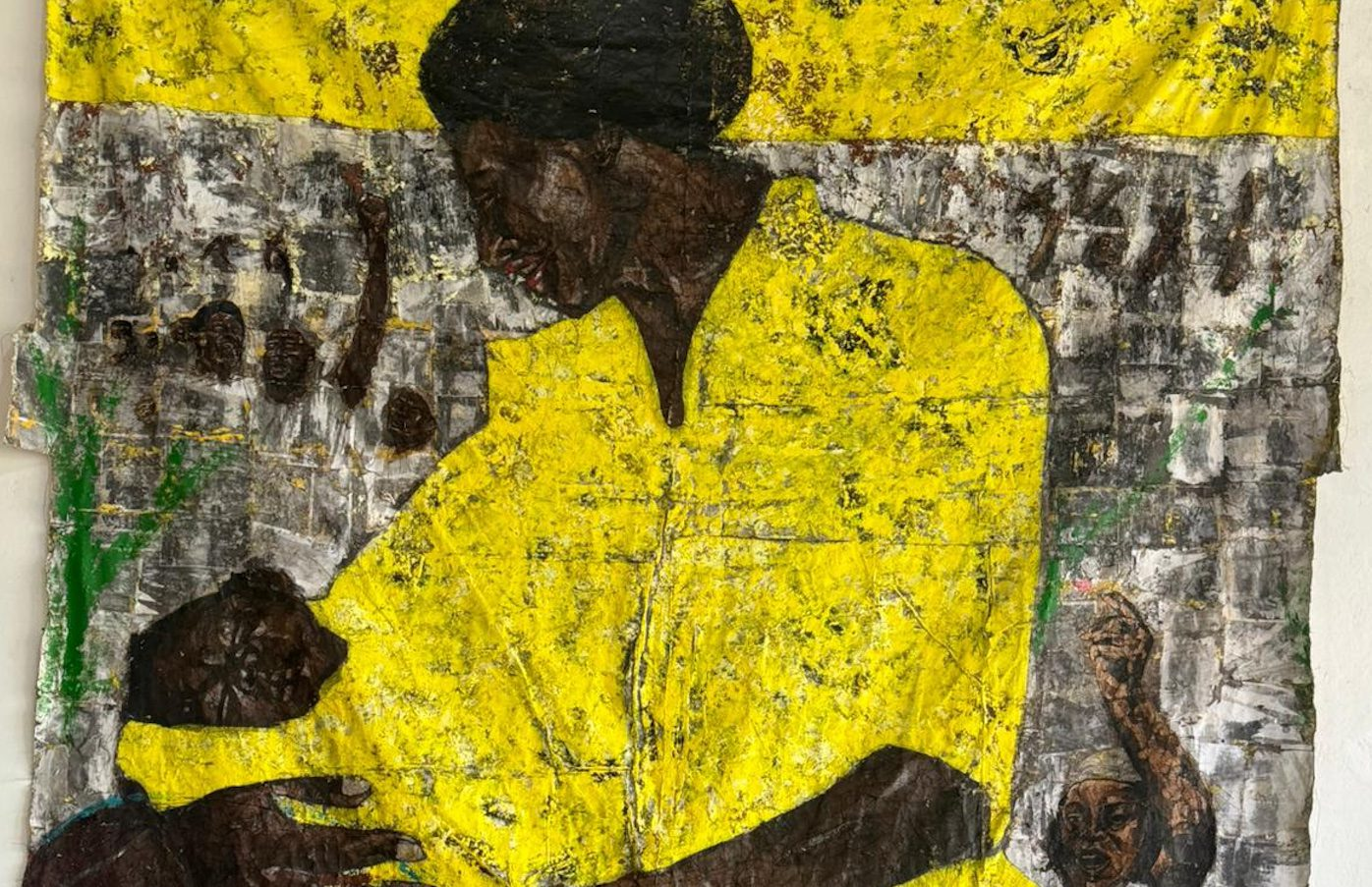There are certain factors involved in the proper care of art pieces, and it is the responsibility of a collector to understand the historical importance and aesthetic appeal of the works in their collection and then value them.
As tasking as art collecting might seem to a new collector, it doesn’t have to be. The art-collecting journey is a process and it is not simply limited to collecting art. Building an art collection, especially a diverse one, requires time and money. A new collector needs to be diligent in their handling and protection of these works. Art can be a conversation starter, inspire new collectors, and the monetary and sentimental value of art can appreciate over the years if it is stored or displayed with care.

Most new collectors of African art are unsure of what to do with their collections after collecting, which is okay as there are professionals whose job is to help secure and preserve your collection. Art collectors can work with appraisers, conservators, art handlers, logistics companies, storage facilities, and other art professionals to ensure the safekeeping and longevity of the collection, reducing the risk of the artworks being lost or damaged. Here are tips for maintaining your art collection:
Proper documentation from the gallery:
Understanding the value of an artwork is a good start to caring for the works in your collection. A certificate of authenticity and bill of sale must be issued by the artist/gallery upon purchase to ensure that the artwork is not only authentic but it is in good condition. Art collectors must examine the artwork for any damage before buying it as this might make the artwork worth less upon resale, donation, or gifting. An art collector should be thoroughly informed about the type of artwork they’re collecting as it might be an original, limited edition, or reproduction. The gallery or artist can also give instructions on how to protect and care for the artwork.
Keeping an up-to-date inventory of the works in your collection:
This is one of the most important ways of maintaining your art collection as keeping track of the works you have, their location, and current condition is a key part of managing your collection. Maintaining an up-to-date inventory of your collection is critical to risk management. An inventory can be easily created using Google Sheets and Google Slides but it is recommended that you find a system that works for you. A good inventory should include the identification details of the artwork and what it is currently valued at. This gives your insurance provider, which is highly recommended, access to detailed information in the event of loss, theft, or damage. It also helps to guarantee that the collection is sufficiently covered and that there are no gaps in coverage.

The physical maintenance of the artworks in the collection:
Depending on the level of care an artwork needs, it is critical to have a budget and schedule reminders for upcoming conservation tasks. For record-keeping purposes, an art collector should know to keep track of the costs of maintaining a piece of art in their collection in one calendar year. It is advisable to create maintenance reports to document and share important details about the collection. The report will make your life easier by allowing you to track the frequency of maintenance for each piece in the collection.

Storage & logistics:
To ensure proper storage conditions, it is important to find a fine art storage facility like vaults and specialized art storage facilities with great humidity and temperature regulation. It is also recommended to work with a logistics supplier who has experience with specialized art logistics and the knowledge to move the art pieces from one place to another safely and efficiently.
Iyanuoluwa Adenle is a Nigerian art writer, essayist, and poet based in Lagos. She is currently the head writer at Omenai. Adenle has contributed to a number of art publications, including Tender Photo, Art News Africa, Pavillon 54, and Omenai.

